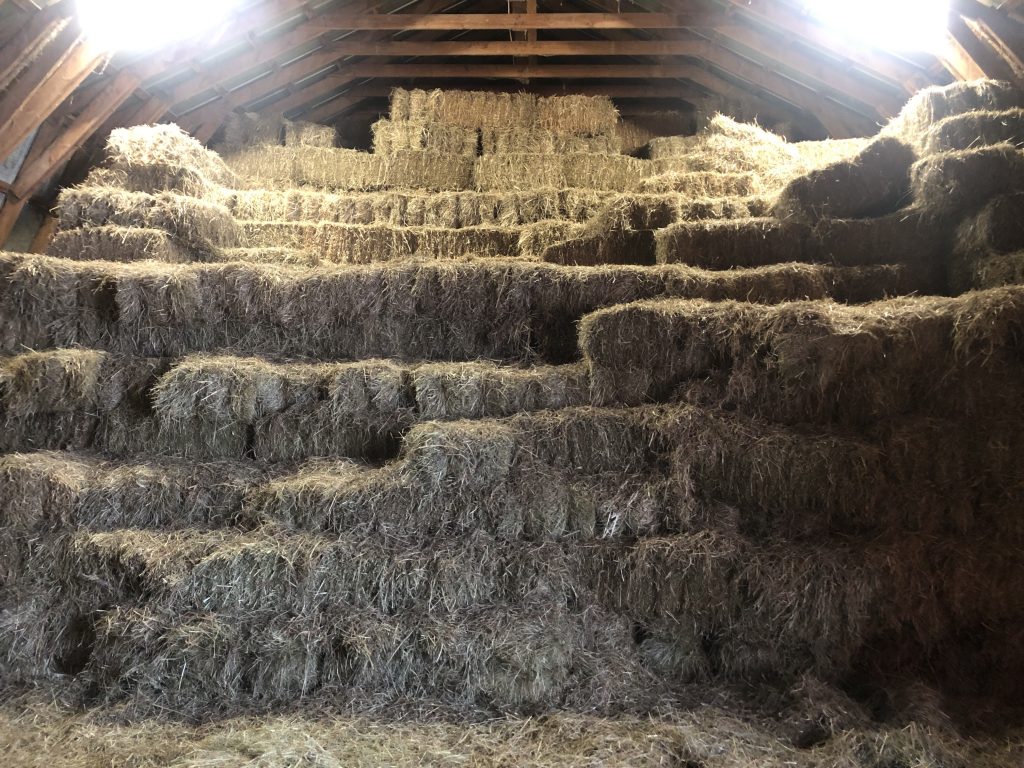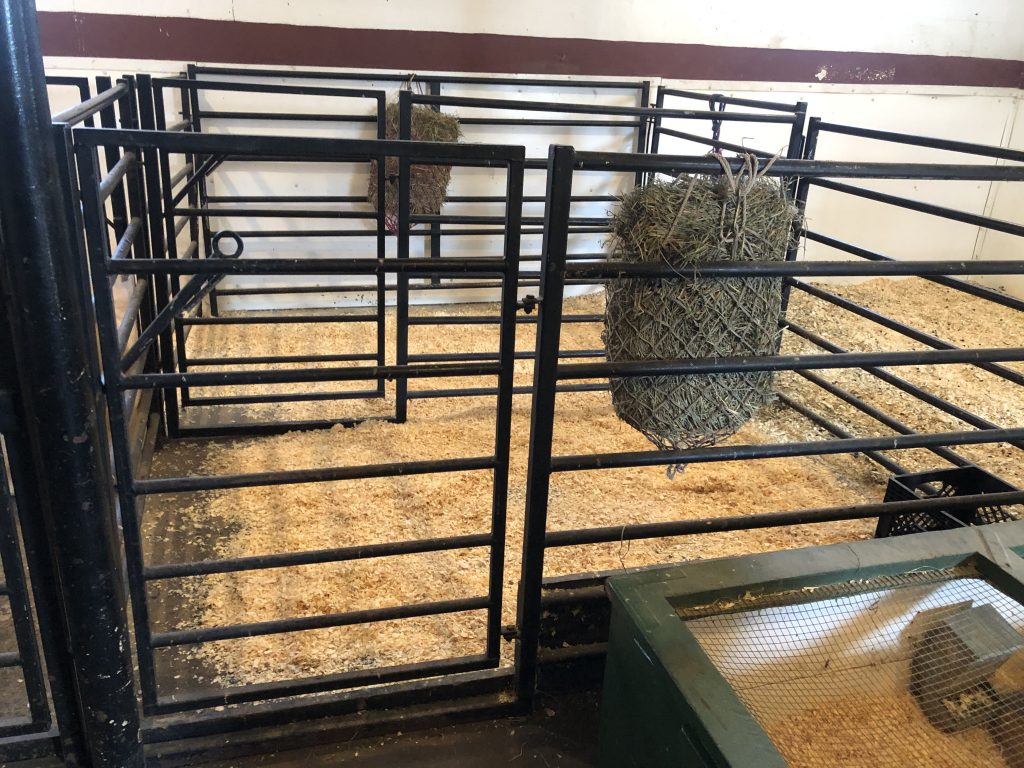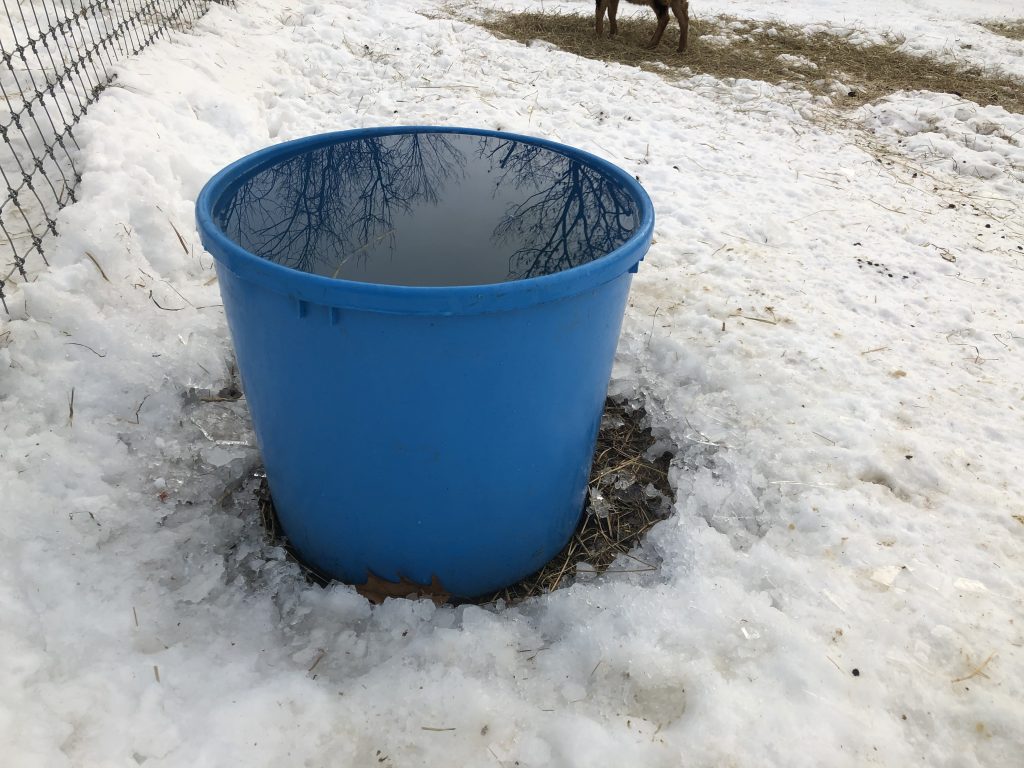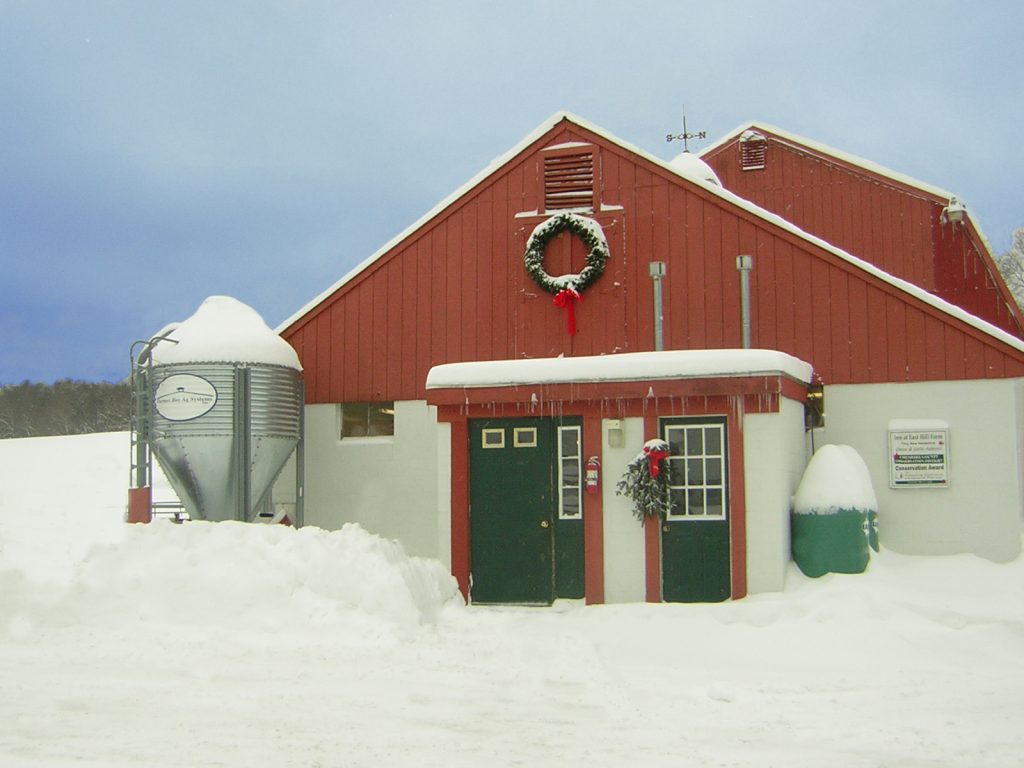Ask a Farmer: Getting Ready for Winter
On a farm, the onset of a seasonal change always seems to come right as you think you’re caught up with the projects from the prior season. As many of us know and have experienced, the list of projects on the farm is never ending and must be prioritized. The hardest transition, in my opinion, is summer to winter. In addition to the below freezing temperatures, winter also brings along its own set of challenges. I hope that these tips will help you folks in preparation for winter.
Here are my top 5 winter readiness on the farm tips:
Is your hayloft full?
Making sure you have plenty of hay and grain or feed (depending on your feeding program) is a top priority before winter. Buying hay during the harvest season is ideal. Prices are the best they will be all year and it is more easily available. If you have the storage capability, I recommend buying locally grown bulk corn in the fall. This not only supports the local farming community but can also save you money. Having a dry, rodent free space is also important to keep feed safe for your animals.
 Do you have enough clean, dry space for everyone?
Do you have enough clean, dry space for everyone?
We all strive to keep our animals as healthy as possible. You will hear me say this a lot: animals who have a clean and dry living space will be healthier and happier. With the whole herd coming inside from their summer grazing areas, we must be ready for more animals in the barn. Remember, overcrowding can make for unhealthy living conditions. Just because you can have a larger herd in the summer does not mean the farm can support those numbers in the winter. Therefore, your herd needs to be managed with the winter population capacity in mind.

Water or Ice?
One of the hardest battles in winter is keeping the water tubs and hoses thawed and clean. This has become easier over time with the advancements in heaters and frost-free hydrants. It is important to have a plan in place that ensures thawed and clean water for the animals. Commonly, people think that animals won’t drink as much water in the winter, I have found that to be false. In the summer months animals receive a lot of hydration through the moisture in the lush grass. However, most feed available in the winter is dry, whether it’s hay or grain. For us, this would be like eating dry cereal. Therefore, maintaining a reliable water source is essential. And finally, remember, even in the cold, bacteria still grow and those water buckets or tubs will need to be scrubbed.

Can I make this barn warmer?
Keeping the cold and wet weather outside the barn helps keep everyone inside warmer and drier. Putting up heavy plastic or boarding up the windows can add a lot of heat and cut down on the wind. Although most animals handle the elements very well, I like to help them out as much as I can. If a bad snow storm is coming, putting a tarp or hay bales in front of open doors cuts down on the amount of snow and wind that drifts in the barn.
 Where will all that snow go?
Where will all that snow go?
Another variable that is out of our control is snow. We never know how much or how fast the snow will come. So, the best way to tackle snow is to have a plan for where it will go. Whether you plow, shovel, or snow blow, you must be ready to move it. When designing fences, driveways and barns keep snow removal in mind.
 Hopefully these tips will help you folks have an easier winter, whether it’s at home or on a farm. Good luck this winter and happy farming!
Hopefully these tips will help you folks have an easier winter, whether it’s at home or on a farm. Good luck this winter and happy farming!
Farmer Dan

East Hill Farm is my fondest memory…eleven happy summer vacations.